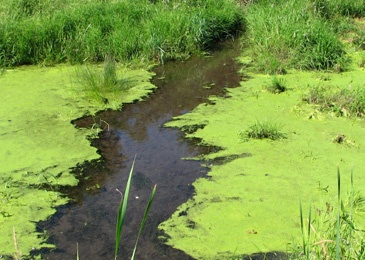The Map Analysis: More Questions than Answers
After Logan presented the GIS map of locations for U.S. eco-machines it was made abundantly clear that there is a disconnect between the use of such machines and the implementation of them. Having experience studying and creating such a machine has provided our group with the knowledge that the most difficult variable is keeping the … More The Map Analysis: More Questions than Answers

